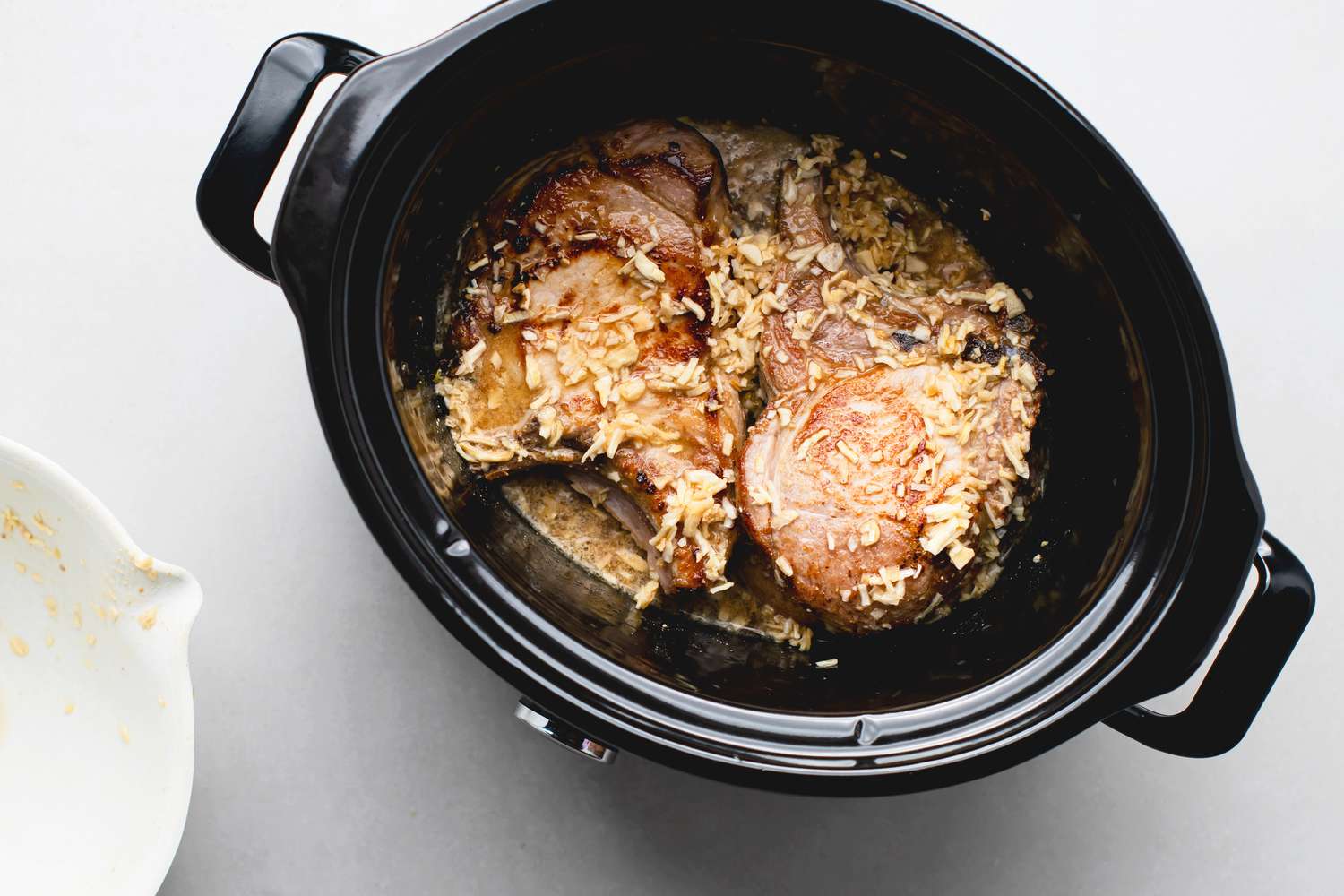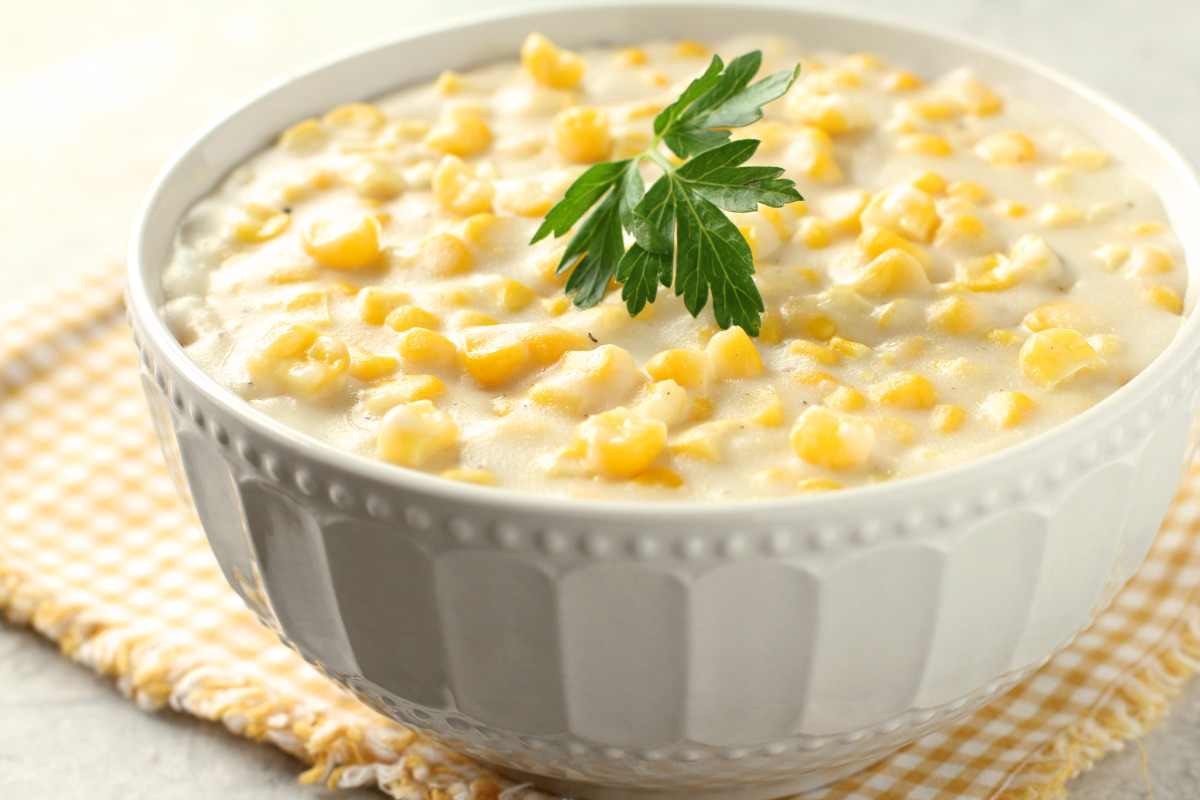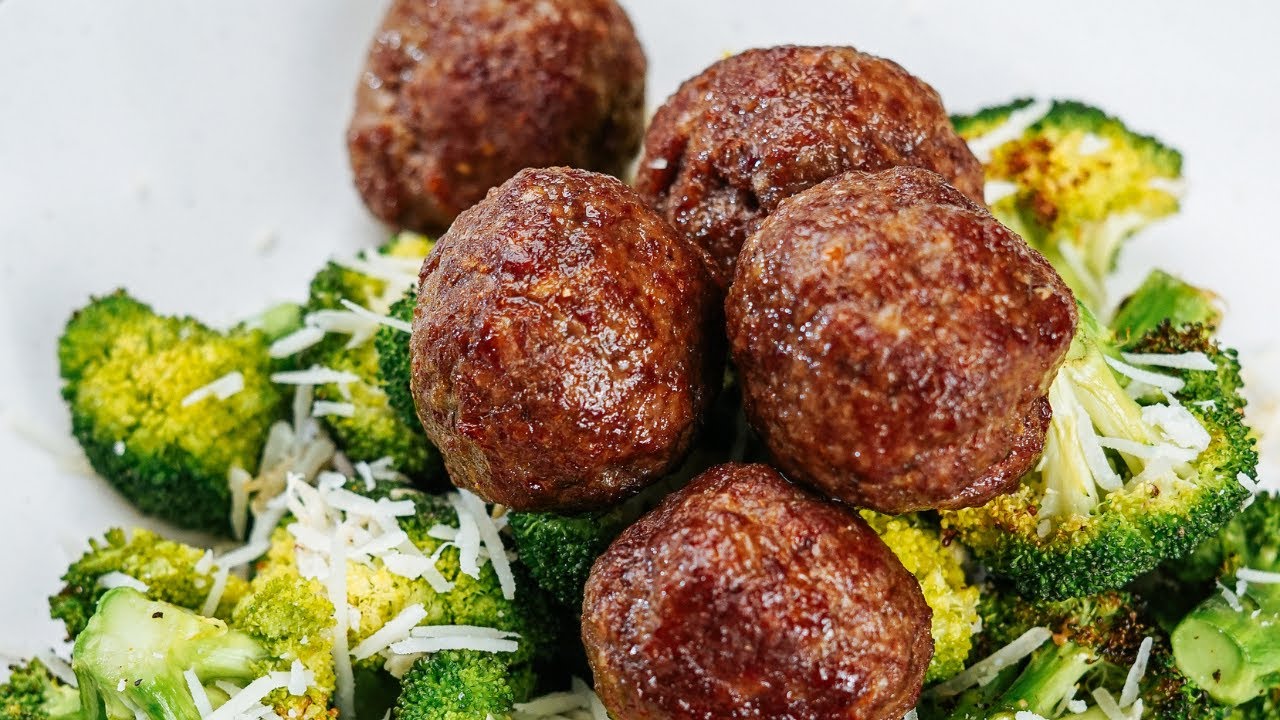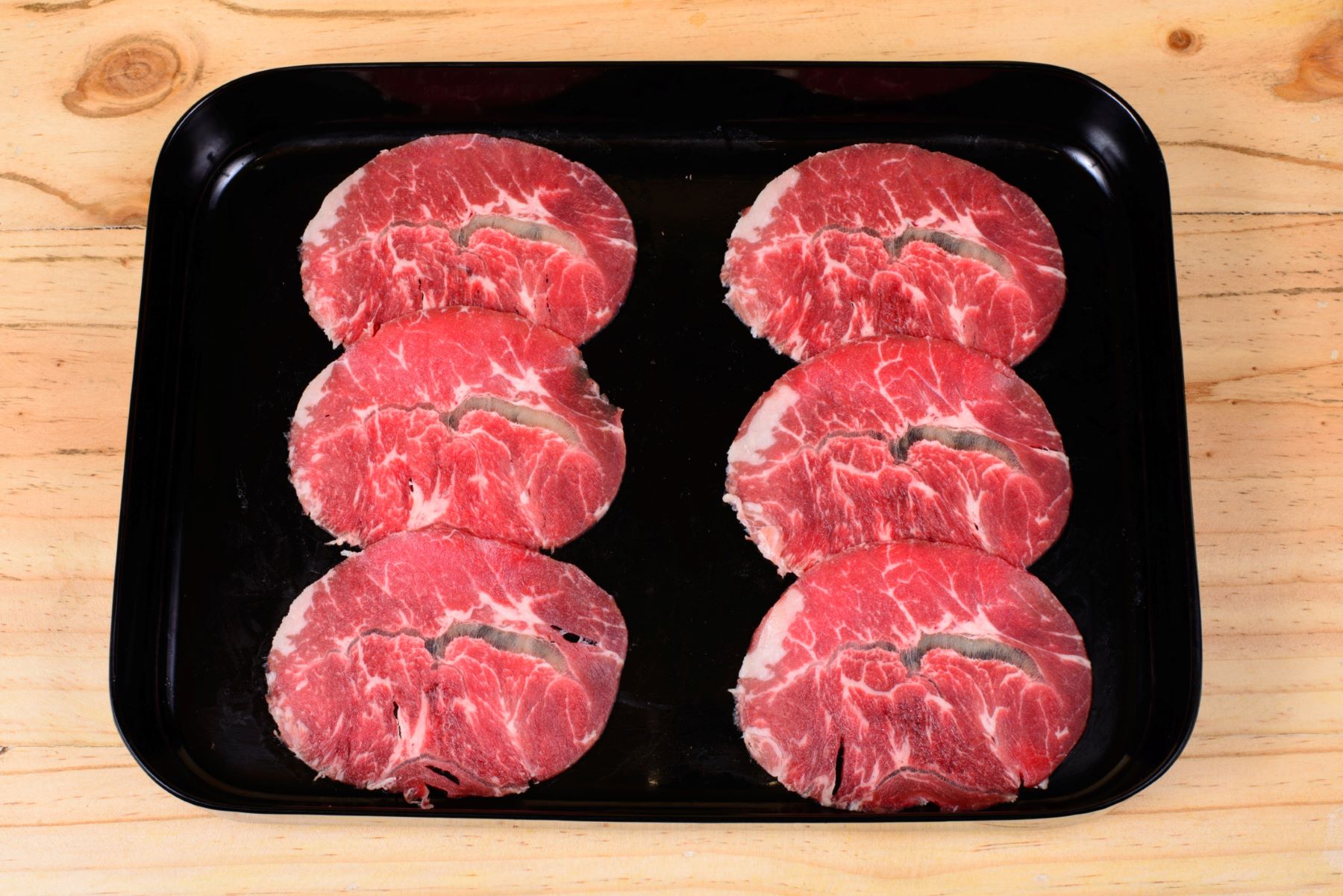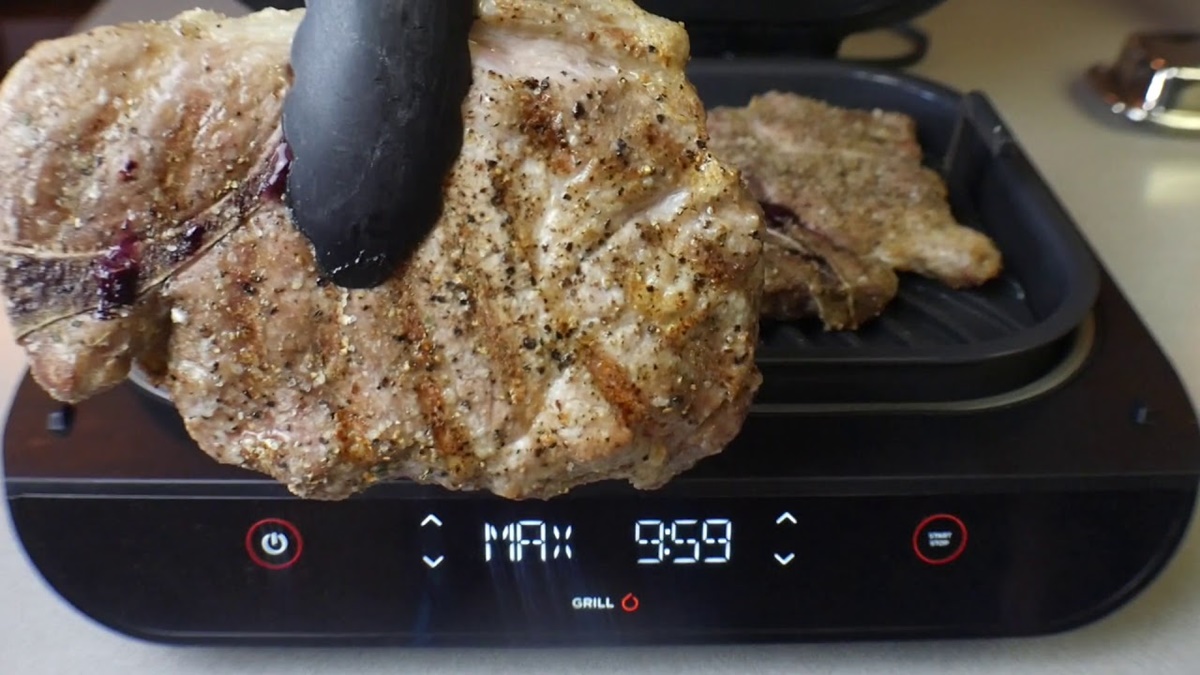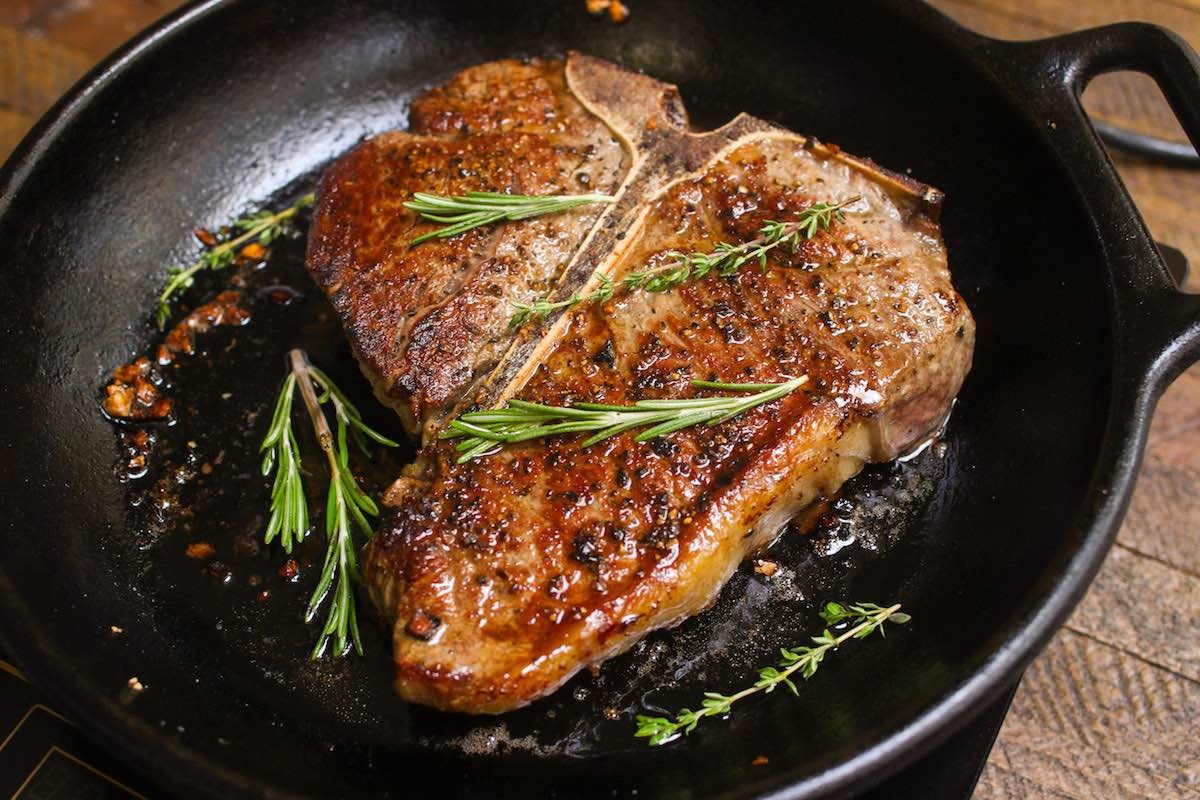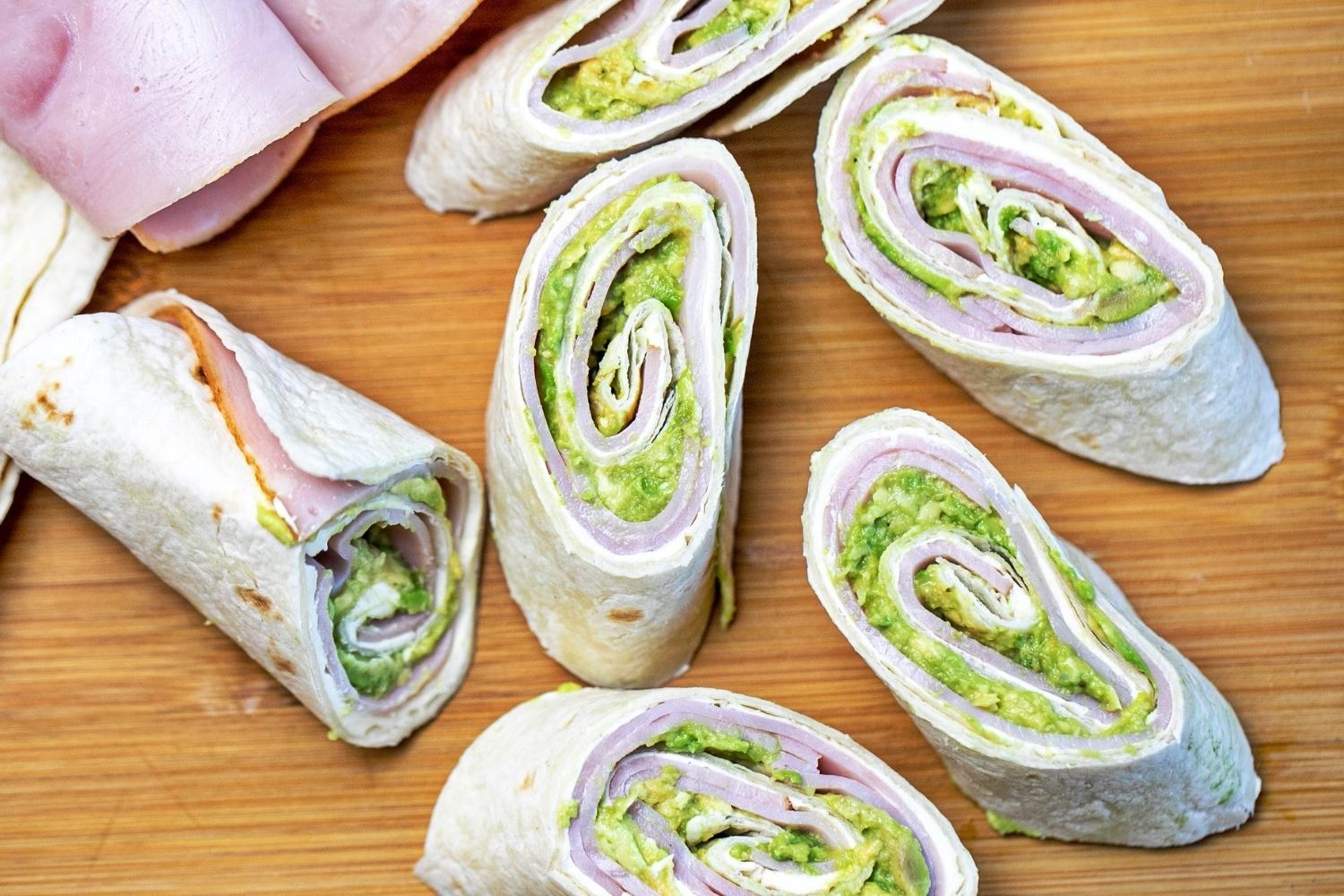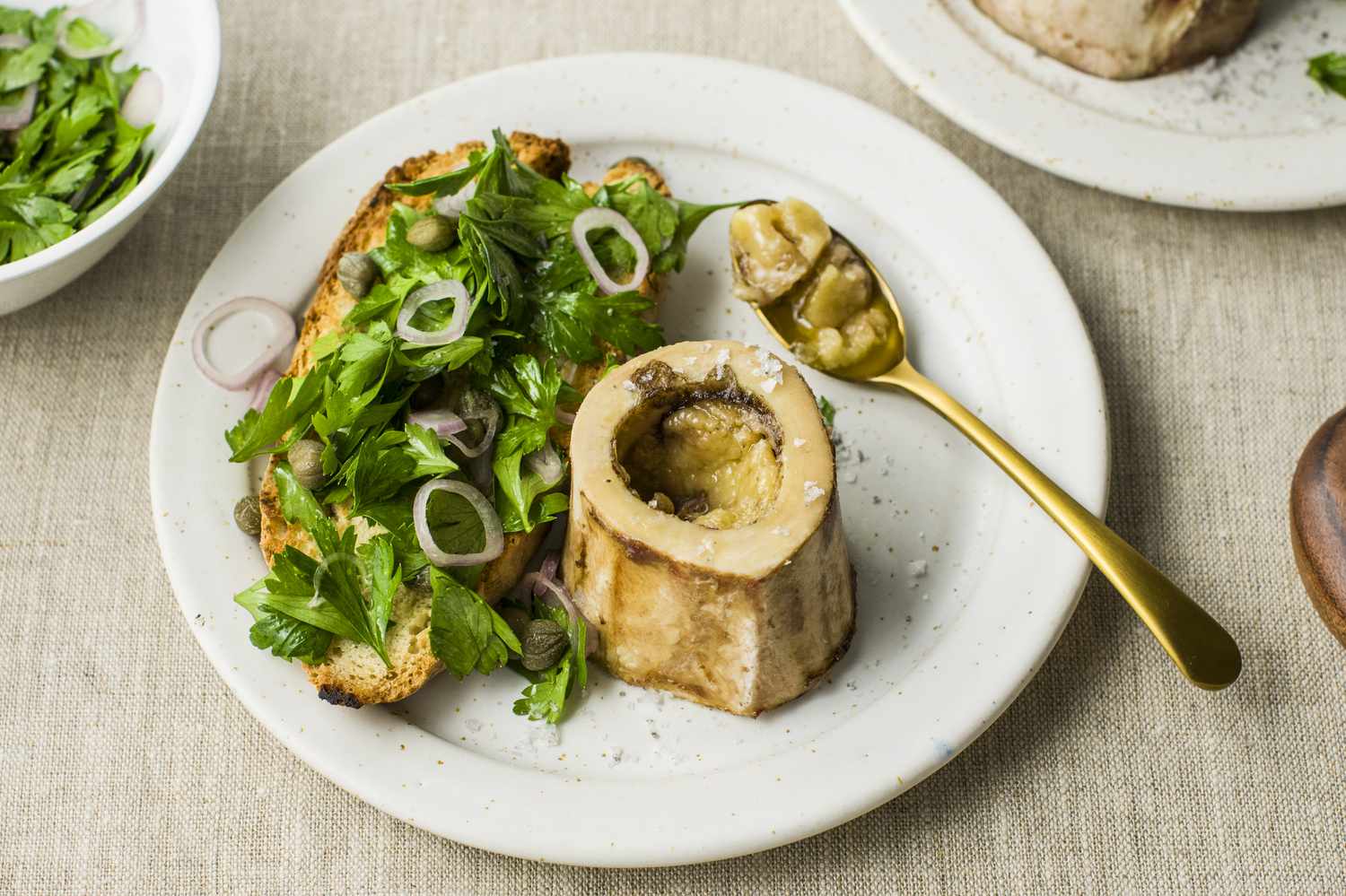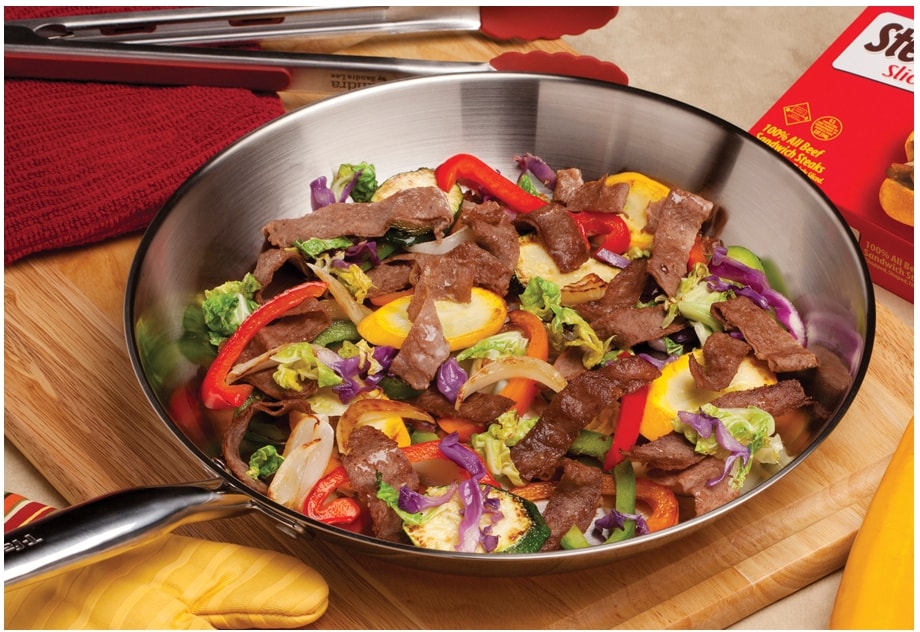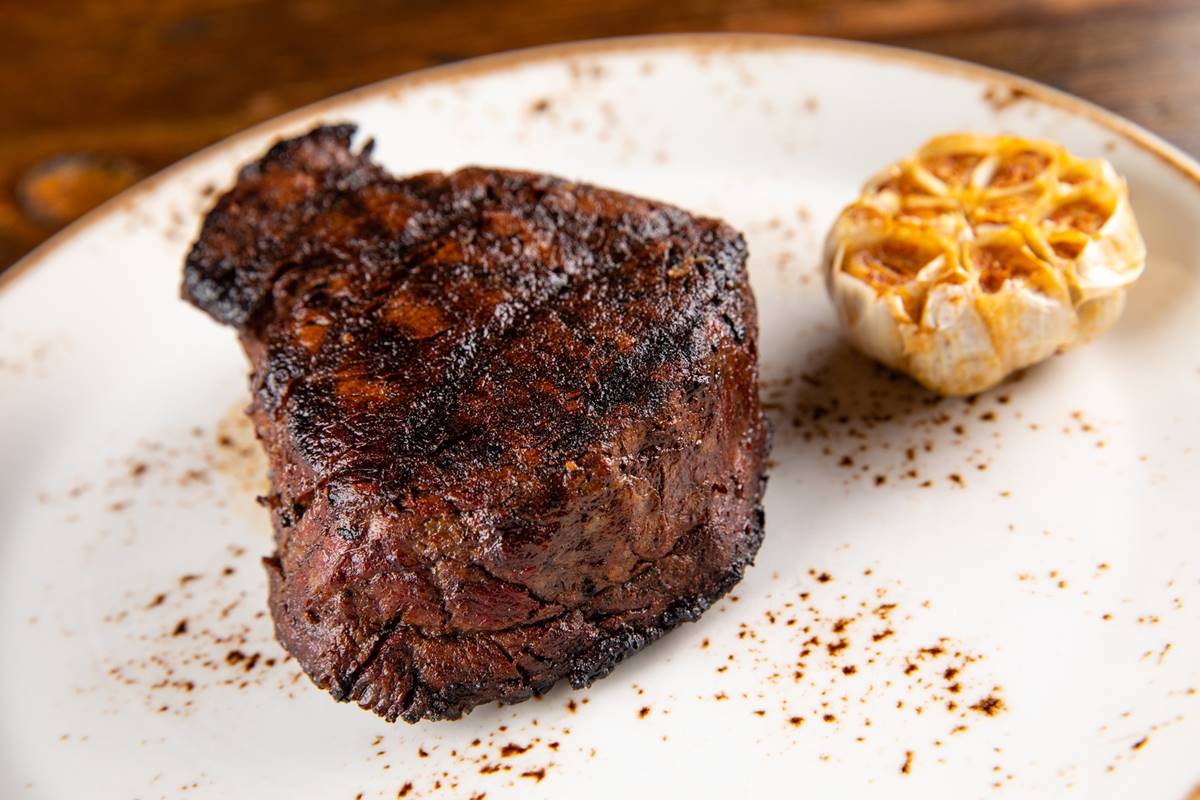How to Cook a Fresh Ham Steak
If you’re a fan of delicious, juicy ham steaks, then you’re in for a treat! Cooking a fresh ham steak is a simple yet delightful experience that will leave your taste buds craving for more. Whether you’re planning a special family dinner or just looking to enjoy a hearty meal, follow these easy steps to create a mouthwatering ham steak that will impress everyone at the table.
1. Selecting the Perfect Fresh Ham Steak
Before you start cooking, make sure you choose a high-quality fresh ham steak. Look for a well-marbled cut with a pinkish color and consistent thickness. A fresh ham steak should be pinkish with visible marbling, which ensures a juicy and flavorful result.
2. Preparing the Ham Steak
Before cooking, there are a few essential steps to prepare your fresh ham steak:
- Check for any excess fat on the steak and trim it if necessary. Leaving a thin layer of fat can add flavor and moisture to the meat.
- Season the ham steak with your favorite herbs and spices. A simple blend of salt, pepper, and garlic powder works wonders, or you can get creative with a combination of paprika, thyme, and rosemary.
- Allow the seasoned ham steak to sit at room temperature for about 10-15 minutes. This helps the meat cook more evenly.
3. Cooking Methods for Fresh Ham Steak
There are various cooking methods to choose from when it comes to preparing your fresh ham steak:
- Grilling: Preheat your grill to medium-high heat. Cook the ham steak for 4-5 minutes per side, or until it reaches an internal temperature of 145°F (63°C). Baste the steak with your favorite glaze or sauce during the last few minutes of cooking for an extra burst of flavor.
- Searing: Heat a skillet over medium-high heat and add a small amount of oil or butter. Cook the ham steak for 3-4 minutes per side, or until it develops a golden-brown crust. Finish cooking in the oven at 350°F (175°C) for approximately 10-15 minutes, or until the internal temperature reaches 145°F (63°C).
- Baking: Preheat your oven to 375°F (190°C). Place the ham steak on a baking sheet or in an oven-safe dish. Bake for 25-30 minutes, or until the internal temperature reaches 145°F (63°C). For added flavor, brush the steak with your favorite glaze or sauce halfway through the cooking process.
4. Serving Suggestions
Now that your fresh ham steak is perfectly cooked, it’s time to plate up and savor the deliciousness! Here are a few serving suggestions to enhance your dining experience:
- Slice the ham steak into thick or thin pieces depending on your preference and arrange them on a platter with your favorite side dishes, such as roasted vegetables, mashed potatoes, or a fresh green salad.
- Drizzle some pan juices or a homemade sauce over the ham steak for added moisture and flavor.
- Garnish with fresh herbs, such as parsley or chives, to elevate the overall appearance of the dish.
Enjoy your mouthwatering fresh ham steak and revel in the compliments from your family and friends!
Remember, the key to a delicious and juicy ham steak is selecting a high-quality cut, proper seasoning, and cooking it to perfection using your preferred method. With these simple steps, you’ll become a master at cooking fresh ham steaks in no time!
More Delicious Ham Steak Recipes to Try
After mastering the basics of cooking fresh ham steak, it's time to experiment with diverse and flavorful recipes that highlight your new skills. For a tropical twist, the Classic Grilled Fresh Ham Steak with Pineapple Glaze offers a sweet and savory experience, perfect for summer barbecues. If you're looking for something rich and aromatic, consider the Skillet-Seared Fresh Ham Steak with Garlic and Rosemary, which infuses the meat with classic herbs. For those who enjoy a touch of sweetness, the Fresh Ham Steak with Maple-Bourbon Glaze is highly recommended for its robust flavors. Each recipe provides a unique way to savor the succulent taste of ham steak while showcasing your culinary abilities.
Was this page helpful?
Read Next: How To Cook Omaha Steak Pork Chops
Abby Marcelino
Abby is a writer, editor, and a fan of ASMR mukbang and cooking videos. Her family has been in the food industry for years and she has been working for their business as a part-time quality assurance officer and content creator. She is addicted to all things dairy and carbs, most especially cheese and bread.

